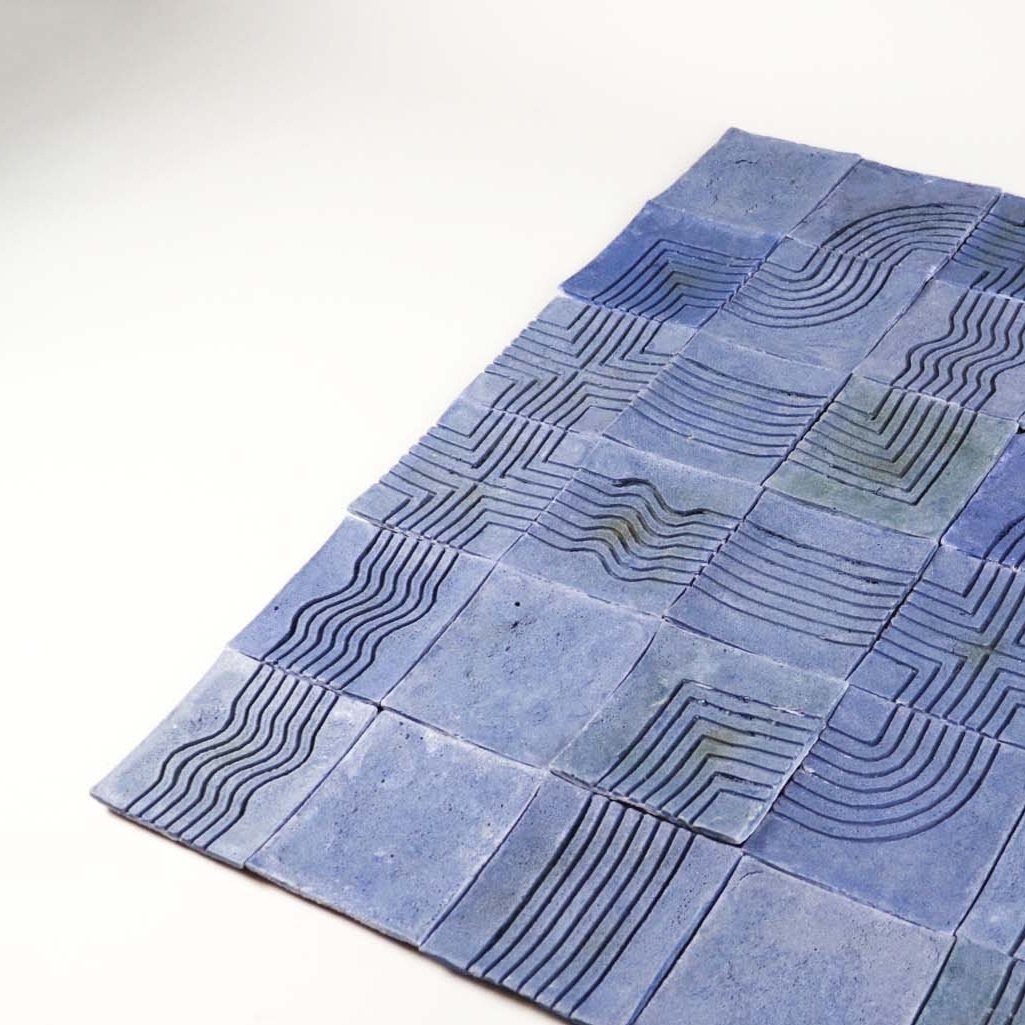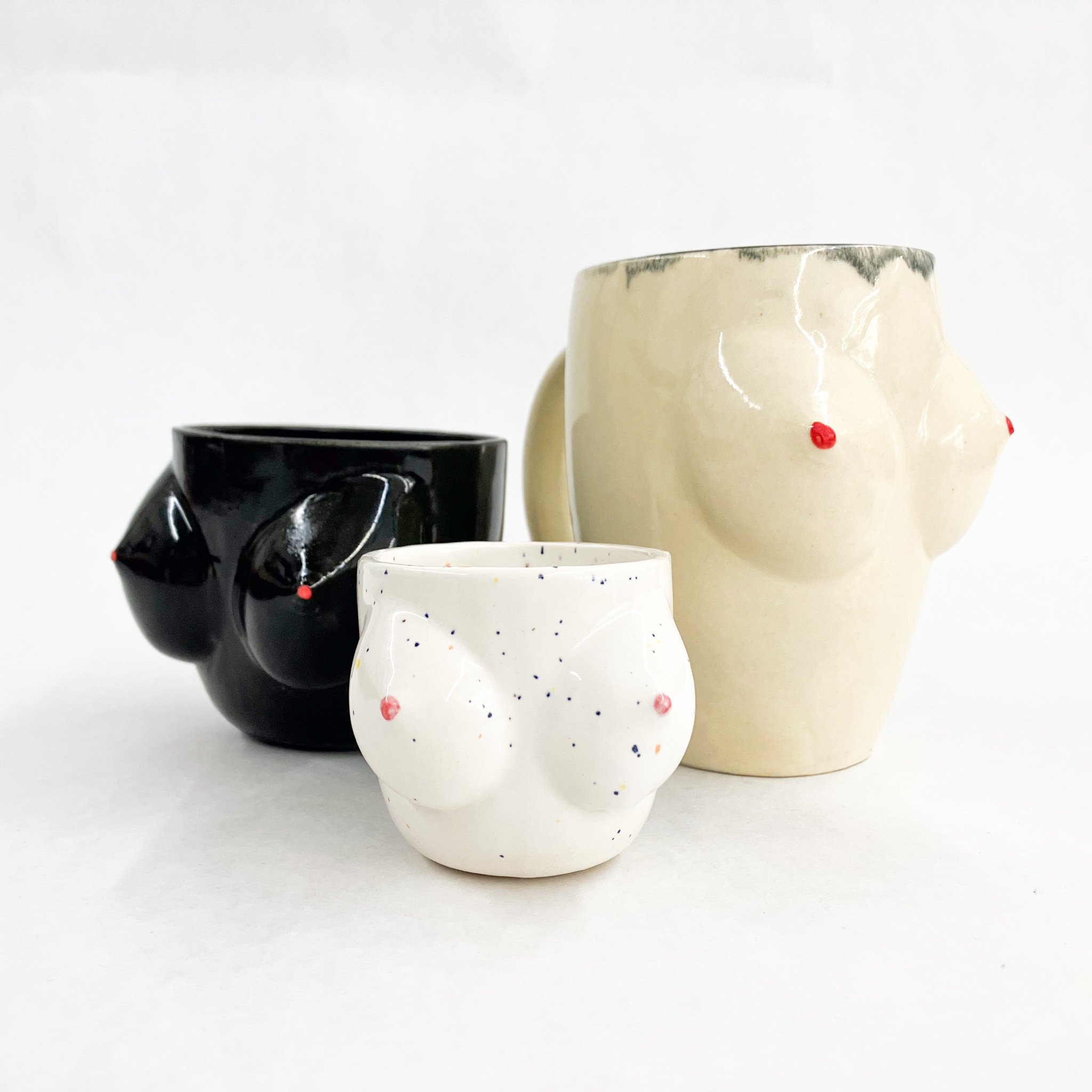Gonecrete
Spring 2022*
Gonecrete is a biodegradable alternative to concrete. This biomaterial is composed of ab proprietary blend of sand, water, rice starch, and corn starch.
*1st Place Winner of the Pratt Institute Material Lab Prize 2022
This biomaterial was developed after extensive research highlighting wasteful habits during production in the corn and rice industries.
Preliminary Research
Material Testing: Material testing over several weeks involved tens of tests exploring various ratios of corn starch, rice starch, aggregate, water, and different cooking times and methods.
After a consistently replicable biomaterial had been created, the material was tested under human weight to determine its stress and breaking points.
Strength Testing
Results: Gonecrete can resist a reasonable amount of compression force without any signs of stress or breakage. In block form, it is estimated to hold up to approximately 40 PSI.
Since Gonecrete is a biomaterial, maintaining its biodegradability in water was crucial. However, some waterproofing was necessary for practical use products. To achieve this, various finishes were tested to make Gonecrete more resistant to moisture.
Waterproofing
30 Minute Exposure to Water (no waterproofing)
45 Minute Exposure to Water (no waterproofing)
60 Minute Exposure to Water (no waterproofing)
75 Minute Exposure to Water (no waterproofing)
90 Minute Exposure to Water (no waterproofing)
PeDag Waterproofing Test
Testing Outcome: Beeswax and PeDeg Natural Protector were first tested for waterproofing, but were dismissed because they both left a visible film on the material.
Beeswax Waterpoofing Test
30 Minute Exposure to Water with Clear Shellac coating.
120 Minute Exposure to Water with Clear Shellac coating.
Test Outcome: Clear Shellac was chosen as the waterproofing method for Gonecrete after successful tests showed minimal to no deterioration of the coated material when exposed to water.
After developing a workin biomaterial, a use case was picked so that it could be applied to a real-wold scenario. The point of intervention for Gonecrete was determined to be the interior design industry.
Secondary Research
Potential Use Cases: Highlighting possible points of intervention in the design industry, where concrete is currently used, in which Goncrete could be a useful and sustainable alternative.
Chosen Use Case: Modular wall tiles were chosen to test the efficacy of Gonecrete, addressing the significant waste in the interior design industry, particularly from wallpaper.
To test Goncrete as a product design, a set of 6 wall tiles (5 with patterns, 1 blank) was created. The tiles are non-directional, which enables them to be arranged in a variety of different configurations.
Product Development
Design Goal: Create a fun, modular tile collection that allows a lot of flexibility in design.
Using only 6 different tiles, there are a variety of patterns that can be achieved. Large-scale freeform configurations can also be realized.
Sample Configurations
Design Goal: Highlight the broad range of complex patterns that can be achieved with the tiles.
Other Work to Check Out!











































